Top speed 244 km/h Length 6.17 m Retired 1928 | Wingspan 8.94 m Introduced 1923 First flight 1923 | |
 | ||
The Gloster Grebe was developed by the Gloster Aircraft Company from the Gloster Grouse (an experimental aircraft later developed as a trainer), and was the Royal Air Force's first post-First World War fighter aircraft, entering service in 1923.
Contents
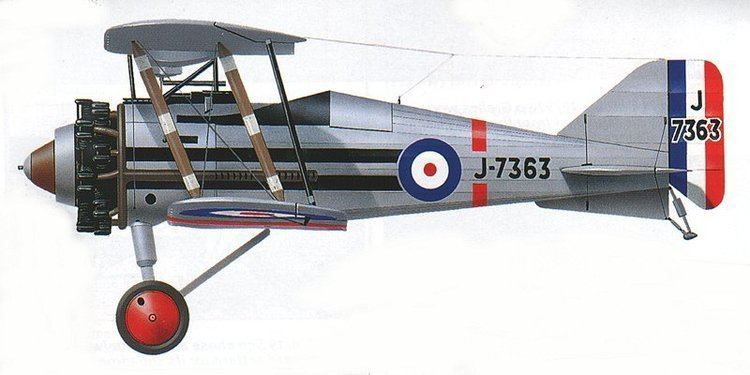
Design
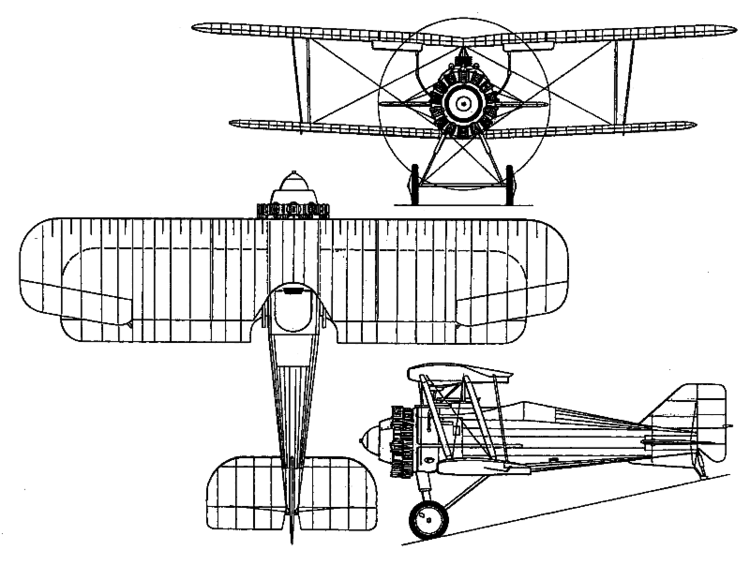
In 1923 Gloster modified a Gloster Sparrowhawk fighter trainer with new wings to test a layout proposed by chief designer Henry Folland, combining a thick, high-lift section upper wing and a thinner, medium-lift lower wing, with the intention of combining high lift for takeoff with low drag. After the Grouse demonstrated that the new layout was a success, the British Air Ministry placed an order for three prototype fighters based on the Grouse (and therefore derived ultimately from Folland's Nieuport Nighthawk fighter of 1919), but powered by a 350 horsepower (260 kW) Armstrong Siddeley Jaguar III radial engine, as the "Nighthawk (thick-winged)".
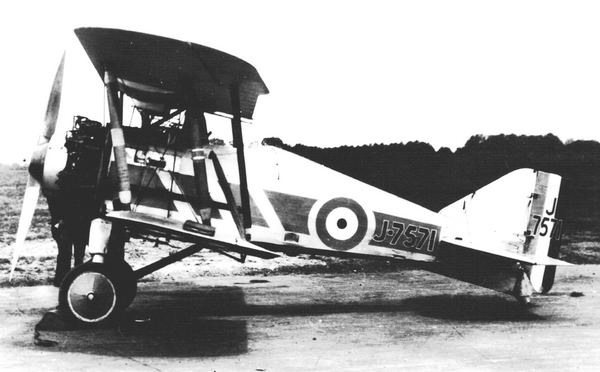
The first of the prototypes (Gloster built a fourth machine as a company-owned demonstrator), by now known as the Grebe I, flew during May 1923. The performance of these prototypes during testing at RAF Martlesham Heath was good, and the Air Ministry decided to order the type into production as the Grebe II, this having a 400 horsepower (300 kW) Jaguar IV engine.
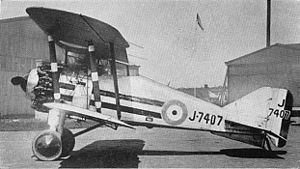
Like the Sopwith Snipe it replaced, the Grebe was a single-seat, single-engined biplane of fabric-covered wood construction. The fuselage had ash longerons and spruce stringers joined to plywood formers, while the single-bay wings (which had a considerable overhang outboard of the struts), had fabric-covered spruce spars and ribs. Two synchronised .303 in (7.7 mm) Vickers machine guns were mounted on the fuselage top decking.
Service history

Grebes entered service with the RAF during October 1923 when a single flight of 111 Squadron re-equipped with the new fighter. The Grebe was popular in RAF service, being much faster than the Snipe that it replaced, and was also very agile. One problem with the Grebe was that it suffered from wing flutter, owing to the large overhang outside the interplane struts, which led to all RAF aircraft being modified with additional Vee-struts supporting the outer upper wing. Another problem was the Jaguar engine, which was heavy and unreliable, being prone to in-flight fires.
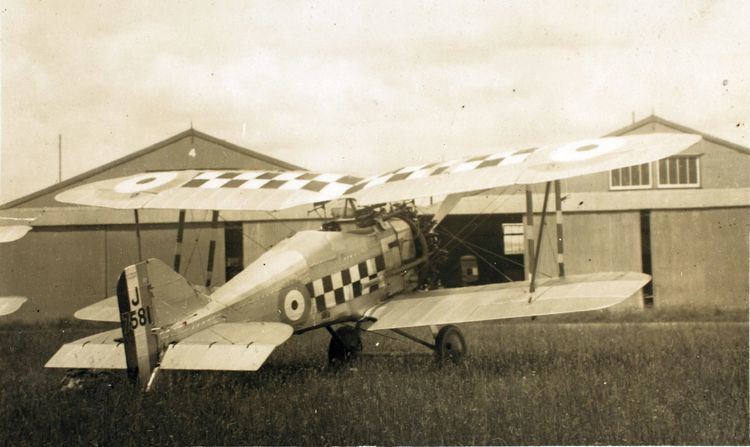
A total of 133 Grebes were produced, including the four prototypes, 108 Grebe II single-seat fighters and 21 two-seat dual-control trainers. Grebes were retired from the RAF in 1929, replaced in part by the Gloster Gamecock, which was in essence a developed Grebe, (Gloster fighter design, from Nighthawk to Gloster Gladiator was essentially evolutionary).
Two Grebes were modified for suspension beneath the R33 airship on a 'trapeze' for "parasite" trials.
The Grebe was developed into the Gloster Gamecock fighter, which also entered production for the RAF.
A single Grebe was given to New Zealand by Sir Henry Wigram, and subsequently another two Grebes were acquired by the New Zealand Permanent Air Force, fore-runner of the Royal New Zealand Air Force, entering service in March 1928 and serving for more than ten years until the mid-1938. The two survivors were used as instructional airframes until destroyed in 1943–44.
Variants
Operators
Specifications (Grebe Mk.II)
Data from Aircraft of the Royal Air Force 1918-57
General characteristics
Performance
Armament
